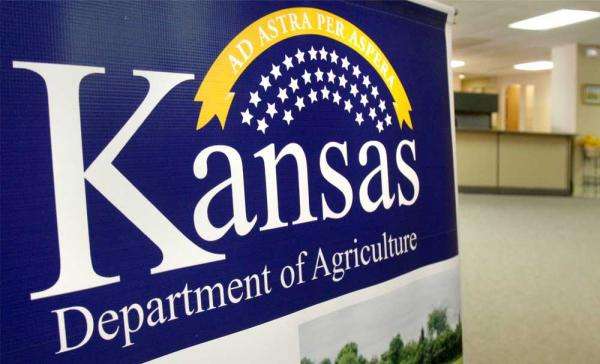LINCOLN, Neb. — A big question this fall: will there be harvest delays due to wet weather?
Tendencies for above-normal precipitation statewide with the highest probability south and west of a line from Scottsbluff to Grand Island are showing up for September according to the Climate Prediction Center, the University of Nebraska-Lincoln climatologist says.
October through December forecasts also show above normal moisture is projected for the southeast half of the state with equal chance of above or below normal moisture for the remainder of the state, said Al Dutcher, state climatologist in the university’s Institute of Agriculture and Natural Resources.
There are equal chances statewide of temperatures being above or below normal, Dutcher said.
However, during El Nino winters, Nebraska typically sees above-normal temperatures with below-normal temperatures across the southern United States.
“We are borderline now with the expectation of a weak El Nino event starting as early as this fall,” Dutcher said. Dutcher said forecasts indicate that El Nino conditions will become established during the fall period. However, he expects it to be weak and short lived.
As for precipitation this growing season, Dutcher said, certain areas of the state did well as there was heavy precipitation this spring after a dry winter. June precipitation brought 12-17 inches of precipitation to northeastern Nebraska during June, which dropped off to the 5-9 inches across east central and southeast Nebraska.
During the July through mid-August period, dry conditions developed across a substantial portion of eastern Nebraska, with pockets of dryness reported across the Panhandle. There has been crop damage in spotty areas across dryland cropping areas of east central and southeast Nebraska, Dutcher said.
However, the “million dollar question” is how much of an impact did early season freeze events and multiple rounds of severe weather have on crop production this growing season. He said there is so much variability from field to field as several places across the state saw freezing, flooding, hail and having to replant once, twice, even three times.
“For the majority of people that did not get freeze, hail or flooding, crop development is fairly close to normal, especially with these last two weeks of warmer temperatures,” he said.
However, those farmers that had to replant are the “big open-ended question,” he said.
“Based on available climate data and fall freeze probabilities, as long as producers that replanted corn varieties that require at least 300 less Growing Degree Day to reach maturity, there is less than 50 percent likelihood at this point in the game that they will incur hard freeze damage, based on a normal freeze date.”
Dutcher said soybeans may also be a “big story” this season due to the drier weather in July and August during pod fill.
“We’ve been under stress in east and east central Nebraska where rains have not been as generous,” he said. “To what extent crops may have been damaged is still up in the air.”
If forecasts play out, Dutcher said the entire state could see generous moisture during the final 10 days of August. Forecasts indicate heavy rainfall with over 2 inches of rain possible across the state, with isolated pockets receiving more than 5 inches. This would provide excellent moisture to finish grain fill and begin building soil moisture for the 2015 growing season.
Dutcher said with winter wheat planting beginning in September, beneficial big rains also will be good for building soil moisture in top three feet of the soil profile prior to planting.
Overall the Platte River system is doing well. Irrigation demand came later in the season and reservoir declines didn’t occur until late July.
Dutcher said if there is above normal snow in the central Rockies this winter, having enough room to store the spring runoff could be a problem.
“Right now we are sitting at 2.5 million acre-feet in the Platte reservoir system,” Dutcher said. “We were just under 2 million acre-feet in storage entering into the spring run off season. Net storage declined 500,000 acre-feet this growing season, but typically we see a 600,000 to 800,000 acre-foot decline.
“So if we get a normal snow season and the fall precipitation forecast by the Climate Prediction Center verifies, we would be looking at essentially filling up all upstream reservoirs from Lake McConaughy upward.”
The North Platte River Basin generally has a positive response during El Nino events. In addition, an El Nino also typically brings beneficial moisture to California.
“However, because this El Nino is so weak, it may not bring the rains they need,” he said.
For more information about weather and crops, visit CropWatch, UNL Extension’s crop production newsletter, at cropwatch.unl.edu



